Missile sites are Cold War
reminders: Most Nike bases turned into
parks
Carl Nolte, SF Chronicle Staff Writer
July 2, 2006
The news that North Korea may be close to perfecting a nuclear missile capable
of striking California brings back eerie reminders of another day, when the
United States lived under the threat of nuclear war. In those years, the enemy
was the Soviet Union and one of the prime targets was the Bay Area.
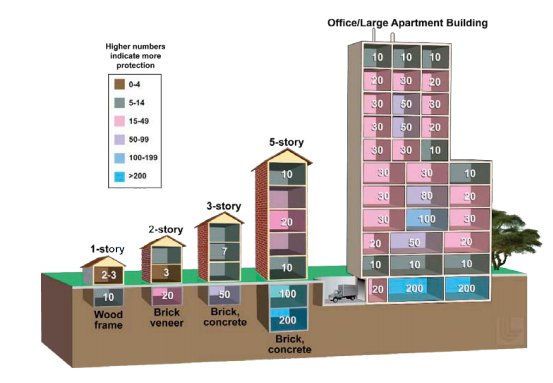
If the attack came, Maj. Gen.
Andrew Lolli once said, "most of this area would
unquestionably be destroyed.'' Lolli
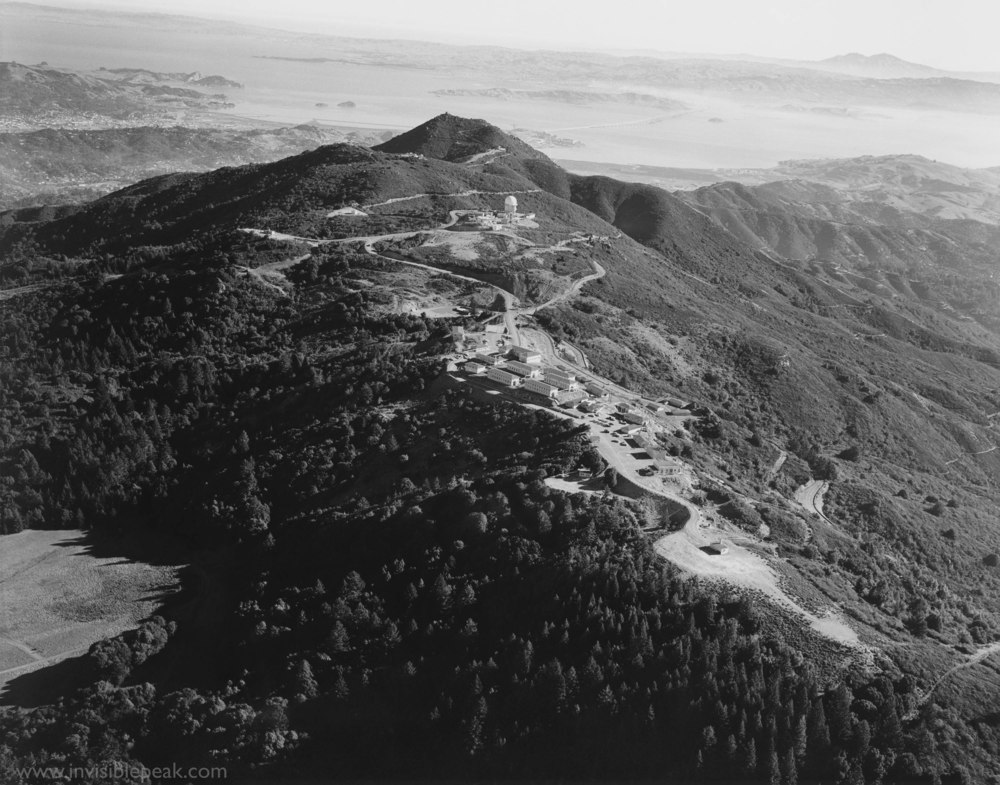 Stopping the attack was his
responsibility.
Stopping the attack was his
responsibility.
The Cold War seems like a thousand years ago now, but in those days the fear of
nuclear war was always in the background of life in America, and particularly
in the Bay Area. There were air
raid drills in schools and kids would practice diving under their desks. Not
much of a defense against nuclear weapons. Catholic schools added an element:
They prayed. There were signs all over most downtowns -- big buildings all had
fallout shelters.
The government advised citizens that it might be a prudent idea to dig a family
shelter in the back yard and stock it with enough food to survive a nuclear
attack.
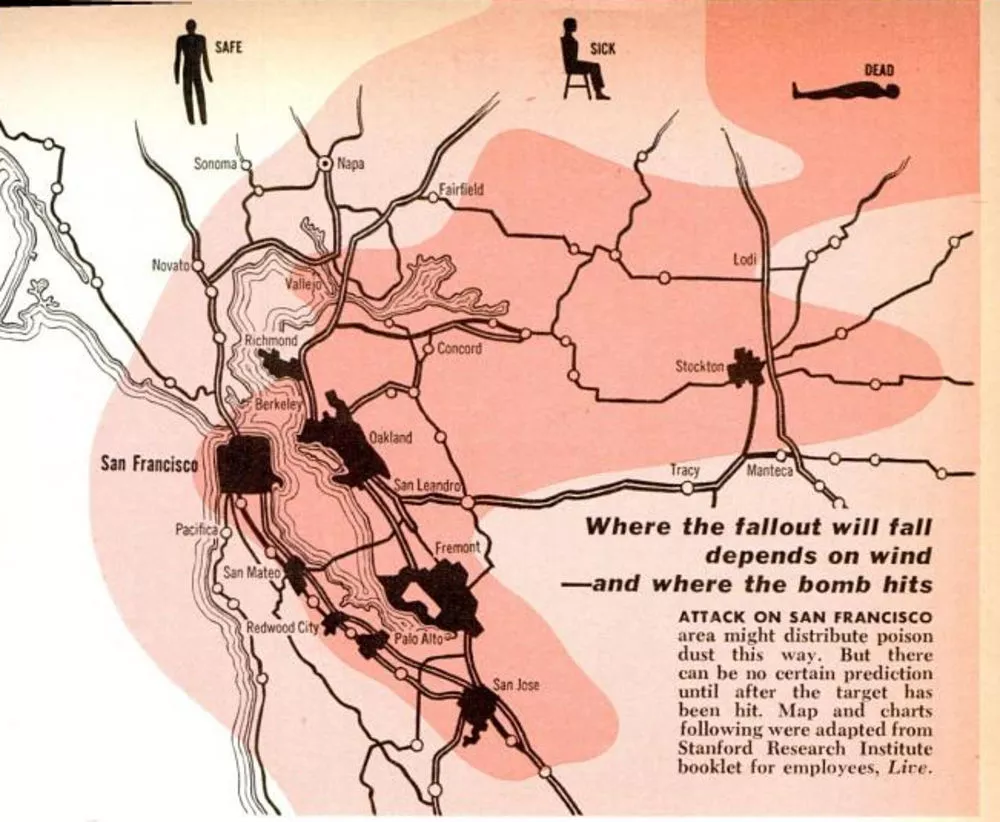
President John Kennedy called the
Cold War a "long, twilight struggle,'' and it was. Both sides had huge
stockpiles of weapons on the premise that if one side attacked, the other would
retaliate and neither would survive. It was a doctrine called mutually assured
destruction, or MAD, an acronym that was apt. The Soviets had us in
their sights.
The Bay Area was a target. There were a dozen military bases around the bay --
from the Pacific's nuclear submarine base at Mare Island, to the Alameda Naval
Air Station, to the Presidio of San Francisco, and more. 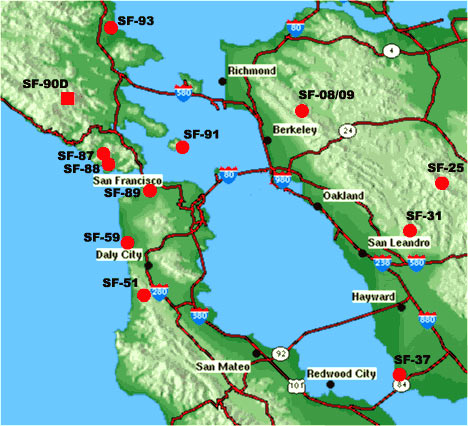
To defend the bases, there were
more than a dozen sites ringing the bay armed with Nike missiles designed to
shoot down Soviet bombers. These missiles first went into service in 1954 and
lasted until 1974. There were 300 similar sites around the country.
For 20 years, Army troops manned the sites, standing 24 hours on and 24 hours
off shifts, seven days a week. "There was no such thing as Christmas,''
said Lt. Susan Cheney, the last battery executive officer at Nike missile site
SF88 at Fort Baker on the Marin Headlands.
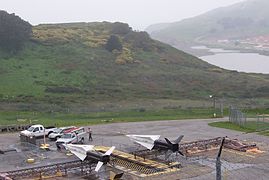
There were Nike sites at the Presidio and at Fort Funston near the zoo. There
was a site on top of Angel Island,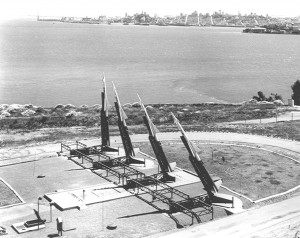 sites on the Peninsula, in the East Bay,
including at Lake Chabot and in the Berkeley hills, and in Marin. What is now
the Marine Mammal Center near Sausalito was a Nike site.
sites on the Peninsula, in the East Bay,
including at Lake Chabot and in the Berkeley hills, and in Marin. What is now
the Marine Mammal Center near Sausalito was a Nike site.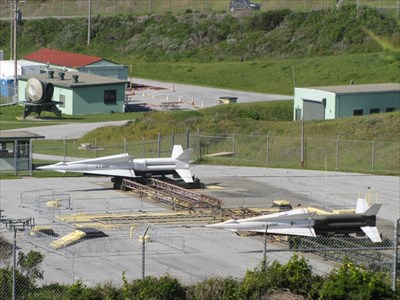
The sites were controlled from the Mill Valley Air Force base atop the west
peak of Mount Tamalpais. This was the biggest
installation of the complex; it had radar to track incoming planes, barracks, a movie theater, even a bowling alley.
There were two generations of Nike missiles. The Ajax had a range of 25 miles
and could shoot down a plane traveling at twice the speed of sound. The later
Nike Hercules had a longer range -- 87 miles -- and could hit a faster plane.
It could also carry nuclear missiles.
The Army would never confirm or deny that the missiles were armed with nuclear
weapons. But there was little doubt.
" There were approximately 90 nuclear warheads ringing the bay, '' said
National Park Service Ranger John Porter, who has studied the Nike missile
system and is in charge of site SF88, which has been preserved in the Marin
Headlands. The Soviet bombers never came, and the missiles, like the giant
coastal defense artillery guns they replaced, were never fired. But there were
some close calls.
Stephen Haller and John Martini, two National Park Service historians, wrote a
history of the sites called "What We Have We Shall Defend." In it
they quote Terry Abel, an Army warrant officer who was stationed at the site.
He remembered "a little horrifying" alert during the Arab-Israeli war
of 1973.
The unit went to battle stations. "It was not a drill. It was not a drill,
it was not an exercise,'' Abel told Haller and Martini. "We had no idea at
the time whether the Soviets were launching a first strike, or what in God's
name was going on. ... Our little piece was getting those missiles loaded
properly and up in the air properly, as fast as we could. It was horrifying and
gratifying at the same time.''
Ron Parshall
remembered an earlier incident, a 15-minute alert, which meant the enemy would
be there in 15 minutes. "But we had that missile up in less than five
minutes,'' Parshall, who was an enlisted man, told
Haller and Martini, "so we had 10 minutes to spare ... and it's 'tick,
tick,' waiting for something to happen. We
thought we were at war. I definitely was very fearful at that time that we
would be at war, and then you start thinking that San Francisco would be gone
if we don't do our job.''
By the early '70s, it became
clear the Soviets would use intercontinental missiles, not planes, and the Nike
sites were obsolete. They were closed by 1974.
It was the end of an era in the
Bay Area in more ways than one. Haller, the park service historian, is fond of
pointing out that the Spaniards brought the first defense system to the Bay
Area in 1794 -- a brace of brass cannons that were mounted to protect the
entrance to the Bay.
The guns were cast in Peru in the 17th century and one of them was over 170
years old when it was mounted to protect the Spanish settlement in San
Francisco. "They may not have been on the cutting edge,'' Haller said
dryly.
So now Nike is a shoe and the
places where the missiles were have all become parkland.
Missile site SF88 has been restored to what it was when it was the last line of
defense of the United States. There are missiles in place, one of the first
computers, radar sets -- everything but warheads. It's located at Fort Barry,
in the Golden Gate National Recreation Area. It is open to the public from
12:30 to 3:30 p.m. Wednesday through Saturday, and on the first Sunday of the
month, which is today. There is no charge.